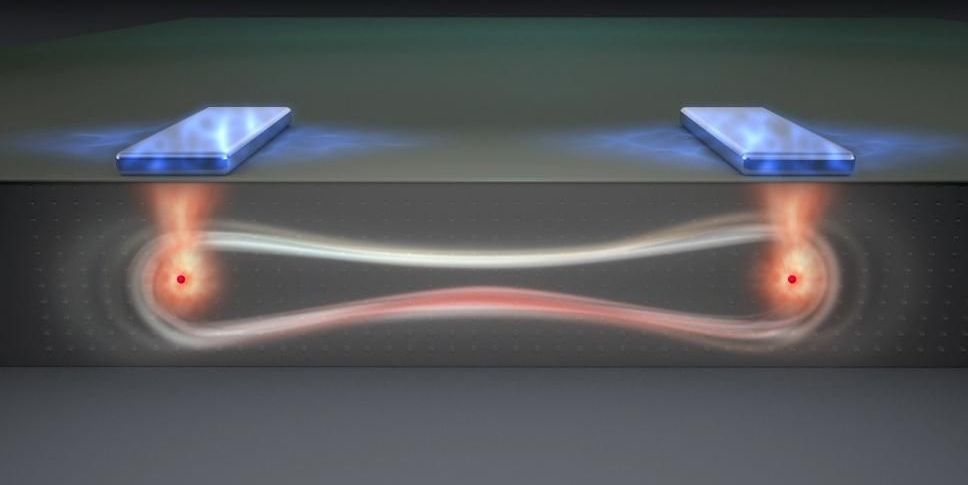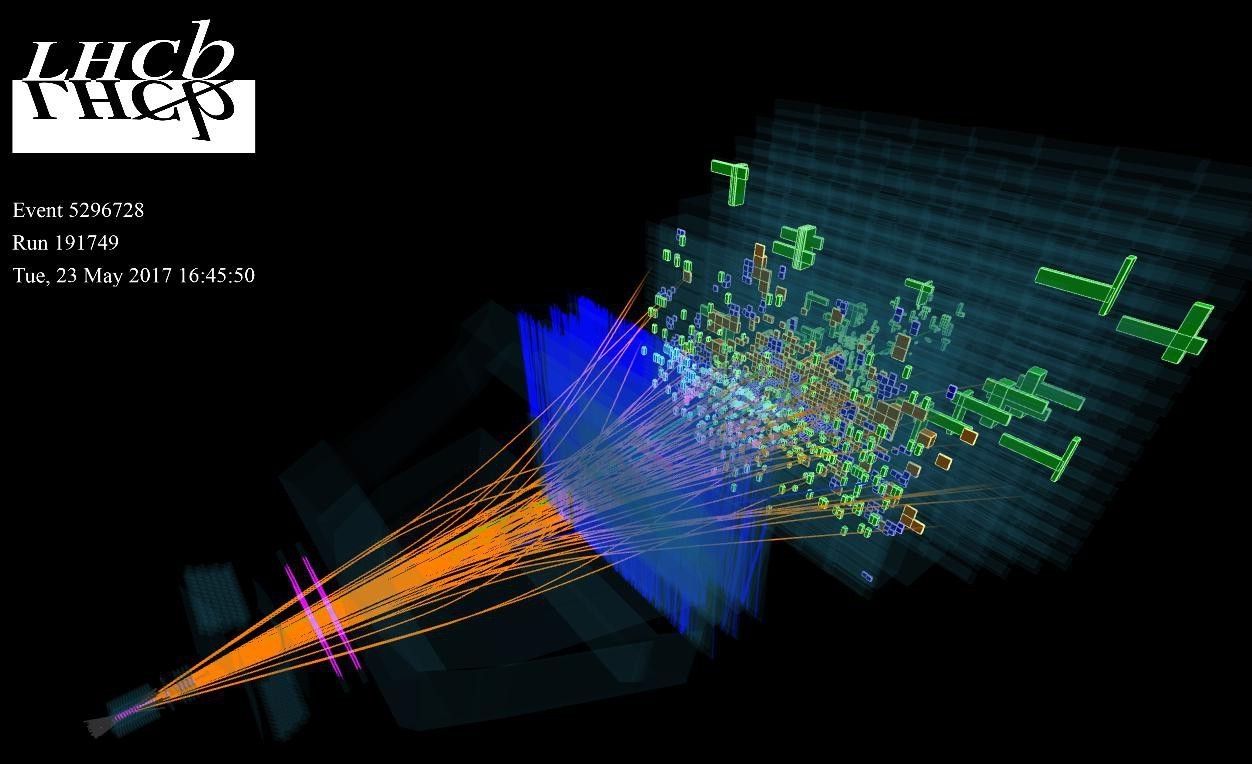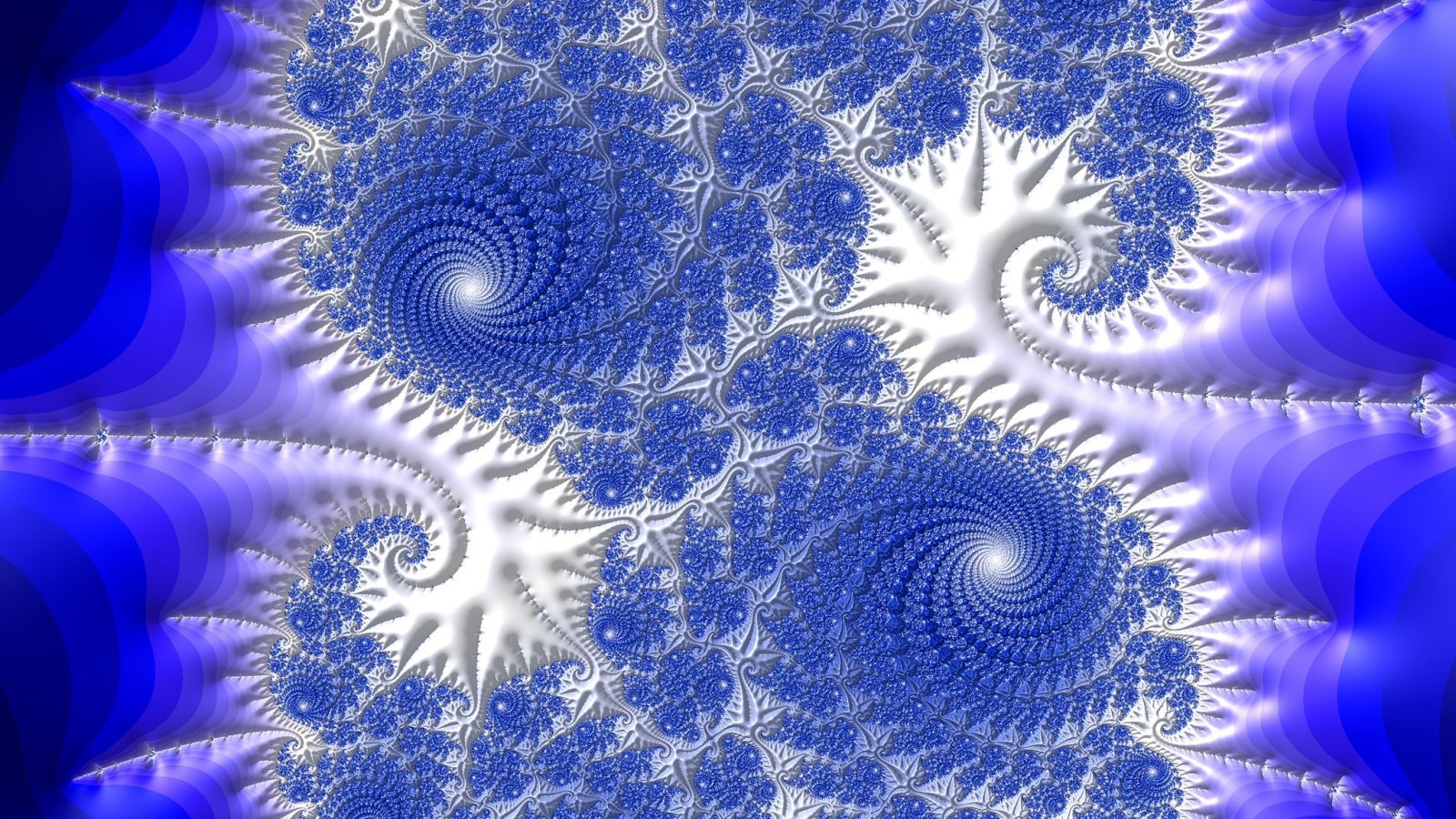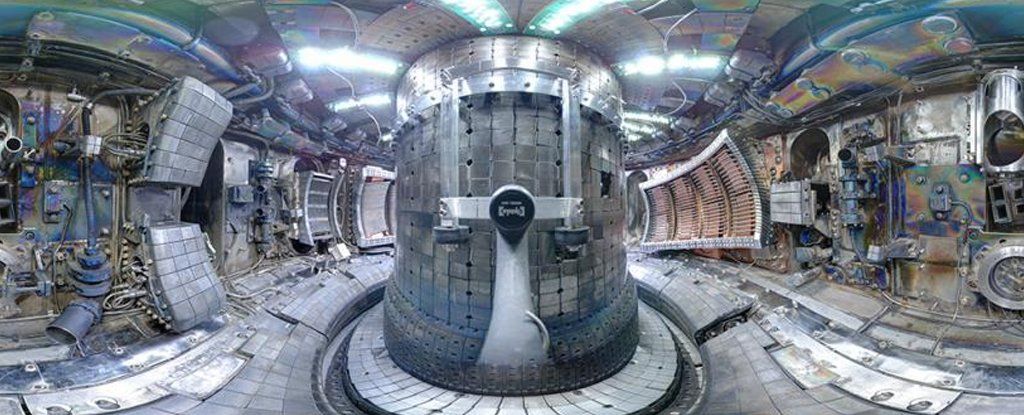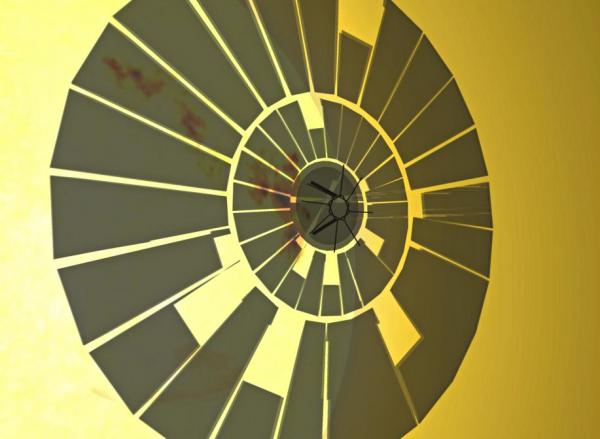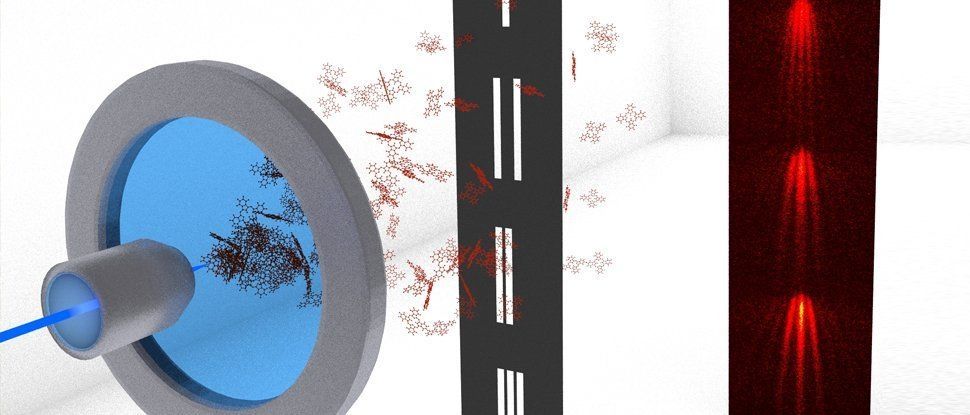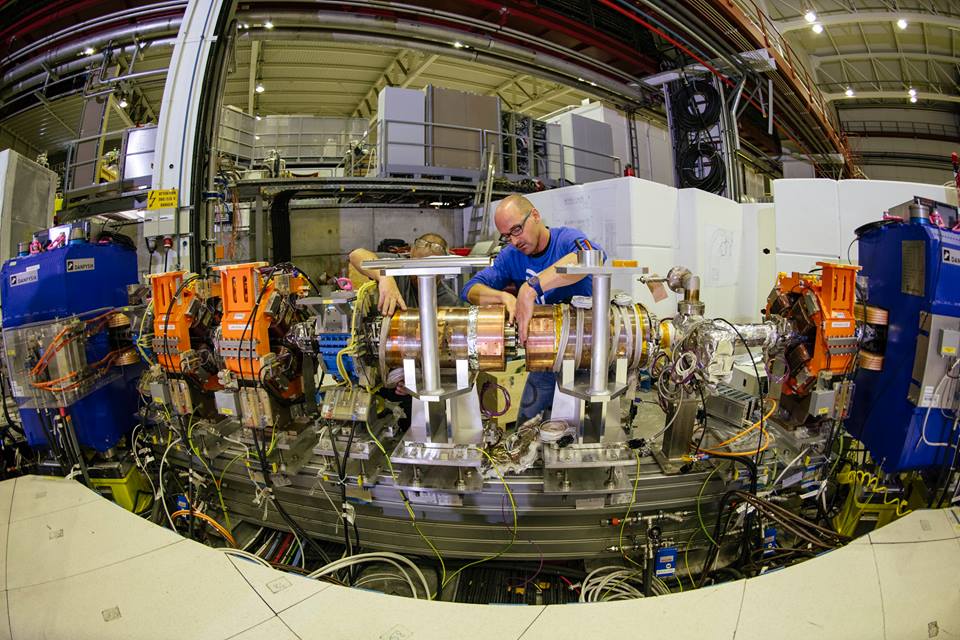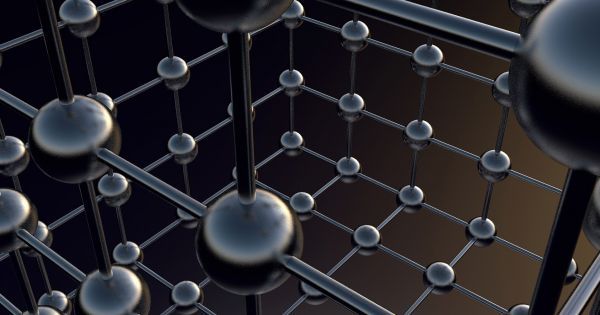Sep 7, 2017
This New Proof of Majorana Fermions Is Going to Be Massive For Quantum Devices
Posted by Saúl Morales Rodriguéz in categories: computing, particle physics, quantum physics
Quantum computers based on the twisting pathways of moving particles have so far lived only in theory – the particles they would rely on might not even exist.
But with the exciting discovery of electrons ‘swirling’ down a wire, the hunt is over for exactly the particles such quantum devices have been waiting for. Now the work of turning these theoretical computers into reality could soon be underway.
Researchers from the University of Sydney and Microsoft have observed electrons forming a kind of matter called a quasiparticle under conditions that saw them behave as theoretical objects called Majorana fermions.
Continue reading “This New Proof of Majorana Fermions Is Going to Be Massive For Quantum Devices” »

